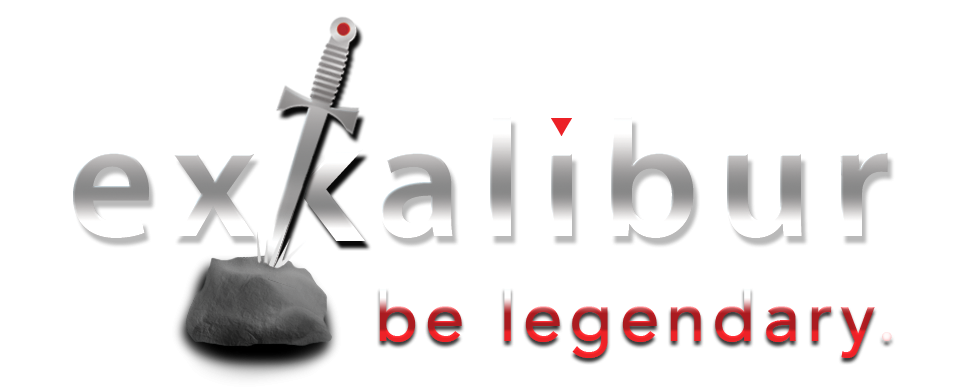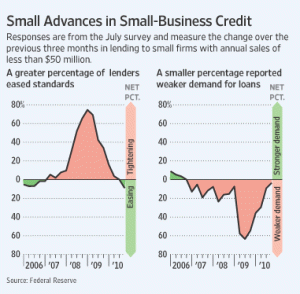It was the best of times, it was the worst of times.” ~ Charles Dickens, A Tale of Two Cities
Charles Dickens’ famous opening sentence continues
“It was the age of wisdom, it was the age of foolishness, it was the epoch of belief, it was the epoch of incredulity.”
More than 150 years later, our business world is possessed of similar contradictions.

Sometimes the light you see at the end of the tunnel is sunshine; sometimes it’s another train coming.
In the distance – and in the dark – it’s very hard to discern the difference. Yet, missing that call has very fateful consequences.
Is This the Time to Take Risks?
In the midst of an endless flood of information and ideas rushing our way, and a lingering pandemic that can’t find the door, how do we differentiate between a bright idea and a bright flash of lightning?
- Is this the time to take additional risks?
- Should we only survive – or try to thrive?
- Are some risks more palatable than others?
- How do we tell the difference?
7 Ways to Differentiate between a Bright Idea and a Bright Light
These concepts might help in assessing opportunities you’re evaluation as confront uncertainty on so many fronts:
1. Bandwidth
If your business is out of control and you’re struggling to make payroll, you may not be able to gain sufficient mindshare to focus on a new opportunity.
Make sure you and your team can devote the time and energy to both properly evaluate such an opportunity and execute an implementation plan if you go forward.
2. Resources
Exciting opportunities are like beguiling temptresses, creating an irresistible force field that draws in the unwary.
I can’t count all of the business owners I’ve known who have ventured into that treacherous territory, the urge to “make a deal” so commanding that the lack of vital resources was overlooked.In addition to your personal mental energy, make sure you have sufficient financial and human firepower so that a brilliant idea sees the light of day.
3. Value
Is this opportunity part of the business plan you established?
If so, and it puts an important stake in the ground in a coveted territory or sews up a new product line, it’s worth considering.
If it’s what I call a “bluebird” – an opportunity deal that shows up on your window sill out of nowhere, unbidden and unexpected … a chirping bird drawing you to the glass … be careful you’re not diverted from your primary mission.
Make sure it provides value today. If not, make sure you have the resources to hold on until it does.
4. Motive
Why are you doing this?
In the criminal world, there’s a famous trio that describe the aspects of a crime that must be proven before guilt can be determined at trial:
- Means
- Motive
- Opportunity
We’ve covered Means in #2, above … the ability to commit the crime, so to speak.
Opportunity is omnipresent in our discussion, and may be presented at any time, whether it’s part of your plan or a serendipitous bluebird.
The most elusive characteristic is Motive. Why are you considering this opportunity?
- I think it’s a cool idea.
- It’s right in our wheelhouse and something we know how to do
- It’s a core part of our plan for this year.
- I wasn’t planning on it but it just showed up.
In the world of criminal law, the principal way you overcome the Opportunity element of a guilty verdict is with a solid Alibi.
In your world, alibis don’t work too well, do they?
You’re looking for results, not alibis … from yourself as well as your team.
Make you sure you’re clear on why you’re pursuing any opportunity.
Be honest. It’s too easy to fool yourself.
5. Timing
In this instance, I’m referring to more than the machinations of a relatively strong economy.
Is this a unique opportunity that won’t come by again, a chance to buy a competitor that’s been at your neck for many years?
An elusive product line that you’ve been trying to capture for a decade?
If it’s something that can be deferred, make certain you can’t wait.
6. Due diligence
There is no substitute for solid due diligence.
I mentioned earlier the tempting sirens that beckon when opportunity knocks.
All the more reason to carefully assess the opportunity with facts, carefully measured.
Dig deep.
Go behind and beyond what you’re given to ask tough questions.
Don’t take no for an answer, and be especially wary of vague responses and missing information.
7. Planning
Finally, make sure that ugly ol’ thing we call “planning” … that thing we know is invaluable but is such a pain … is part of your strategy and not something you ignore because you’ve got your plan in your head and you know it’s right.
It’s more important than ever to advocate a clear point of view that examines alternative scenarios, realistically considering your expectations about the future direction of the economy, your industry and your competitors.
Establish a realistically achievable plan – and then reduce it by 20 percent – and then another 20 percent – and see if it still works.
Don’t dive off the cliff until you know how deep the water is.
Summary
These are the 7 Ways to Differentiate between a Bright Idea and a Bright Light
1. Bandwidth
2. Resources
3. Value
4. Motive
5. Timing
6. Due diligence
7. Planning
If you apply these 7 Ways to Differentiate between a Bright Idea and a Bright Light … EVERY TIME … you’ll avoid the destructive decisions that result when only a few of these criteria are considered.
Go ahead. It’s time to make sound decisions you won’t regret.
Question: What is the most important criterion you apply to your decision-making?
You can share you comments below. I check them every day and will respond.



